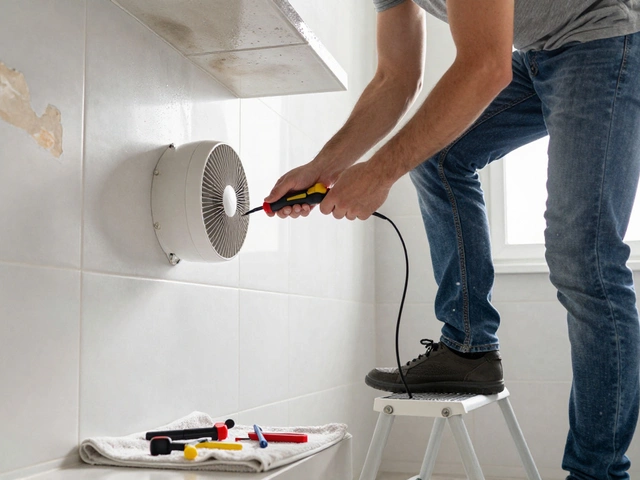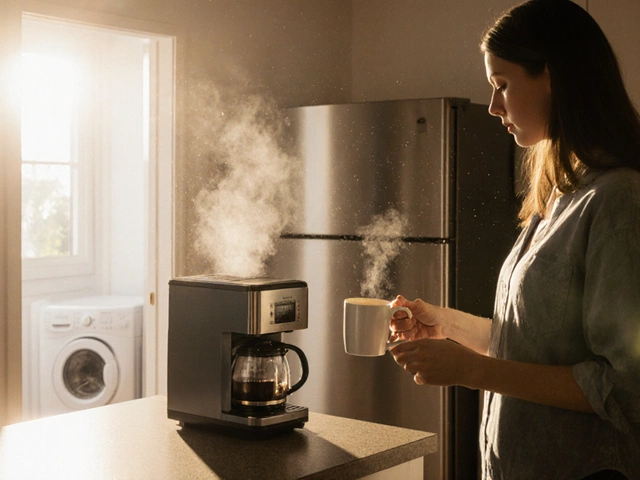Is a 10 Year Old Laptop Worth Keeping? Your Guide to Making the Call
May 29 2025Heating Problem: Fast Fixes and When to Call an Expert
If your house feels like a freezer in the morning, you’re dealing with a heating problem. Before you panic, try a few quick checks. Most issues are simple enough to spot, and you can often fix them yourself. When you’re not sure, or the fix feels unsafe, it’s time to call a certified gas engineer.
Common Causes of a Heating Problem
Here are the top reasons your heating might be acting up:
- Thermostat settings – The thermostat may be set too low or switched to “off”. Double‑check the temperature and mode.
- Poor boiler pressure – Look at the pressure gauge on the boiler. It should sit between 1 and 1.5 bar when cold. Below that, the system can’t push hot water around.
- Air in radiators – If a radiator feels warm only at the bottom, it likely has air trapped inside. Bleeding the radiator can release the blockage.
- Frozen condensate pipe – In winter, the pipe that drains condensation can freeze, stopping the boiler’s safety valve.
- Pilot light or ignition failure – Gas boilers need a lit pilot or electronic ignition. If the flame is out, the boiler won’t fire.
- Blocked filters or pumps – Over time, sludge or debris can clog the system, reducing water flow.
Most of these issues are safe to inspect, but never tamper with gas valves or electrical components unless you’re qualified.
DIY Checks Before Calling a Professional
Follow these steps before you pick up the phone:
- Reset the boiler – Turn the boiler off, wait 30 seconds, then turn it back on. Many minor faults clear themselves after a reset.
- Check the thermostat – Make sure it’s on “heat” mode, set above the current room temperature, and that the batteries (if any) are fresh.
- Inspect pressure – Locate the pressure gauge. If it’s low, use the filling loop (usually a small metal hose with a valve) to add water until the gauge reads 1‑1.5 bar. Close the valve tightly.
- Bleed radiators – Grab a radiator key, turn the bleed valve counter‑clockwise until water starts to drip, then close it. This removes trapped air and improves heat distribution.
- Look for error codes – Modern boilers display a code when something’s wrong. Write it down and check the manual or the manufacturer’s website for a quick explanation.
- Check the condensate pipe – If you see ice around the pipe, wrap it with a hose and run warm water through it, or use a pipe‑insulation sleeve.
If after these steps the heat is still missing, or you notice any of the following, call a professional right away:
- Strange smells (gas or burning)
- Leaking water around the boiler
- Repeated error codes after a reset
- Any signs of damage to gas lines or electrical parts
A qualified gas engineer can safely test gas pressure, replace a faulty pump, or service the boiler to keep it running efficiently. Trying to fix these parts yourself can be dangerous and may void your warranty.
Remember, regular maintenance (once a year) stops most heating problems before they start. A quick service checks the heat exchanger, cleans the burners, and ensures the safety devices work correctly. It saves money on fuel bills and avoids emergency call‑outs.
So, the next time your home feels cold, give the checklist a go. If the heat still won’t kick in, schedule a visit with a trusted Bedford gas engineer. You’ll get warmth back fast and keep your system safe for years to come.
 30 May
30 May
Electric Oven Repair: Why Is There No Heat Coming Out?
Wondering why your electric oven isn't heating up? This article covers the most common reasons for ovens losing their heat and how you can spot and fix the issues. Find out whether it's a simple fix or if you need a professional. Get quick tips and real-world advice to make oven repair less of a headache. If your dinner plans are on hold because of a cold oven, you're in the right place.
Read More...



